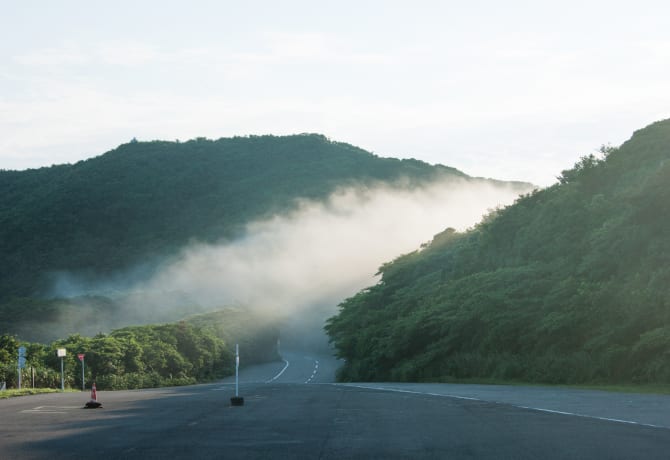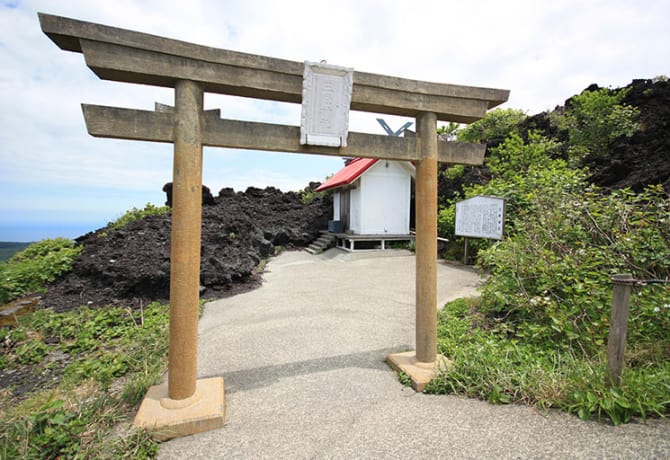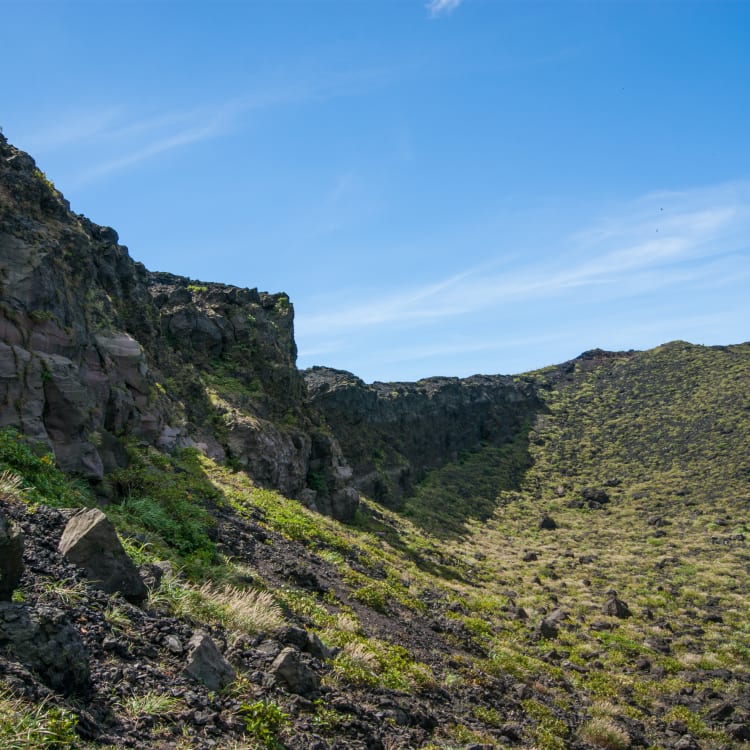

ITINERARIOS Una escapada a la isla de Oshima Relajación y aventura en la mayor de las islas de Tokio
Un paseo de 2 horas en un ferri de alta velocidad te llevará desde Tokio a la isla de Izu Oshima, muy apreciada por los locales por sus camelias, sus rutas de senderismo y los deportes acuáticos.
Aspectos destacados
- Recorridos y paseos alrededor del cráter del monte Mihara, un volcán activo de 758 metros de altura
- Báñate en la fuente termal Motomachi Hamanoyu disfrutando de espectaculares vistas del atardecer
- Un festín a base de bekko sushi, una delicia local de pescado marinado con picante que se puede encontrar en muchos de los restaurantes de la isla
Cómo llegar
Desde el muelle de Takeshiba salen ferris de alta velocidad. Se puede llegar al muelle desde la estación de Takeshiba o la de Hamamatsucho. La empresa Tokai Kisen opera el servicio de barcos de alta velocidad hacia el puerto de Okada, en la costa oeste de la isla de Oshima (1 hora y 45 minutos). También hay vuelos operados por la empresa New Central Airservice (30 minutos) desde el área de Tokio.
Oshima, rodeada por las aguas cristalinas del océano Pacífico, es una isla que presume de inmaculada naturaleza y ambiente relajado. A 120 kilómetros al sur de Honshu, se encuentra la mayor de las islas de Izu. El 97 % de su extensión forma parte del parque nacional de Fuji-Hakone-Izu, donde también se alza el monte Fuji.
El monte Mihara, con sus 758 metros de altitud, es un volcán activo que se alza imponente sobre la isla de Oshima. Su última erupción fue en 1986 y los medios de comunicación japoneses se refirieron a ella como Gojinkasama (fuego divino), que llenó la isla de lava. Indaga en la cronología de las erupciones del monte Mihara y cómo conformaron las estructuras volcánicas de la isla y las diferentes formaciones geográficas.
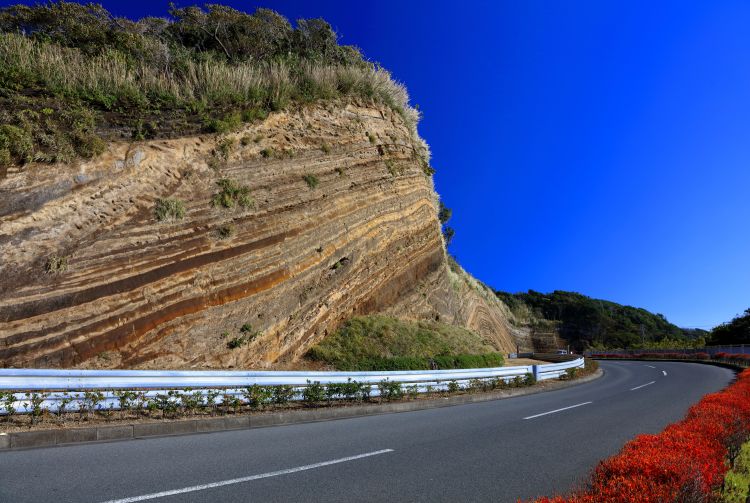
Conceptos de geografía en vivo
Contextualiza lo que has aprendido en el museo visitando los acantilados volcánicos ubicados en la zona suroeste de la isla. Estos despeñaderos, de unos 30 metros de altura y una longitud de alrededor de 600 metros, son franjas magníficas con capas y capas de sedimento originadas como resultado de las reiteradas erupciones del monte Mihara en el pasado.
Sube al volcán, en estado latente desde su mayor erupción en 1986. Cerca de la cumbre encontrarás el santuario Mihara, venerado como lugar sagrado.
Tardarás entre una y dos horas en hacer todo el recorrido, incluido el circuito por el cráter, desde Miharayama Onsen.
Sigue la ruta Ohachi-meguri hacia la cima que rodea el cráter, de unos 300 metros de diámetro, y observa de cerca la capa de sedimentos de tonalidades rojizas y pardas.
Desde el mirador que hay en el cráter, en el borde exterior del volcán, podrás contemplar el terreno desolado y la capa de sedimentos de lava solidificada en armonioso contraste con las lejanas aguas cristalinas. Si el día está despejado, incluso podrás avistar la península de Izu, el monte Fuji y Hakone.
Este majestuoso cerezo de Oshima, ubicado en la zona noreste de la isla, tiene un tronco de más de ocho metros de diámetro. Se trata de una variedad originaria de las islas de Izu y, por su magnificencia, se dice que ha servido de guía para los navíos.
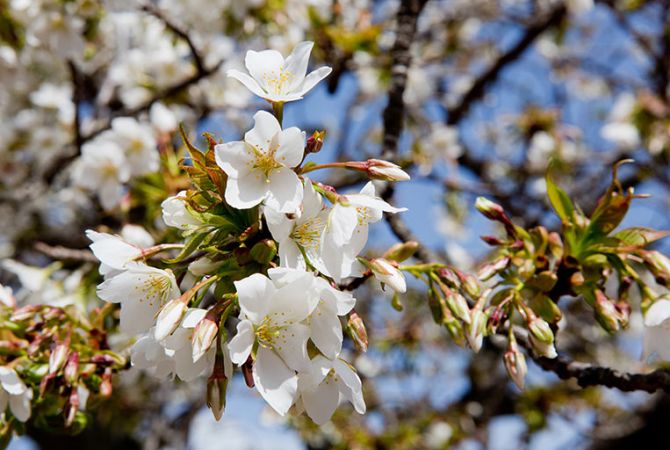

Detente y huele el perfume de las flores
La isla de Oshima cuenta con la friolera de tres millones de camelios, por lo que no es complicado adivinar por qué la economía local gira en torno a esta flor. En el parque hay un jardín de camelias con unas 1000 variedades diferentes que florecen entre enero y marzo.
Al lado hay un zoológico de acceso gratuito, en el que animales como el maki de cola anillada o el panda rojo viven en su hábitat natural.
No te pierdas las excepcionales vistas nocturnas desde este onsen al aire libre y las tonalidades rojas y anaranjadas de la puesta de sol sobre el océano y el cielo. Es un baño mixto, por lo que es obligatorio el uso de bañador.











































